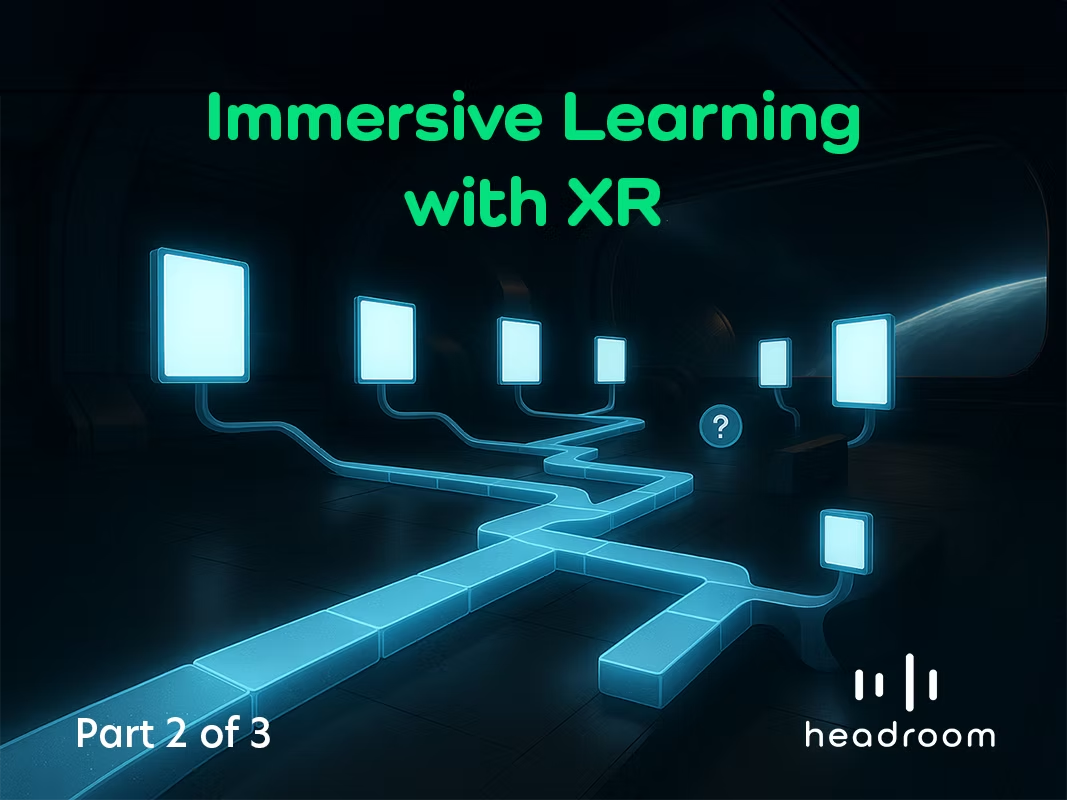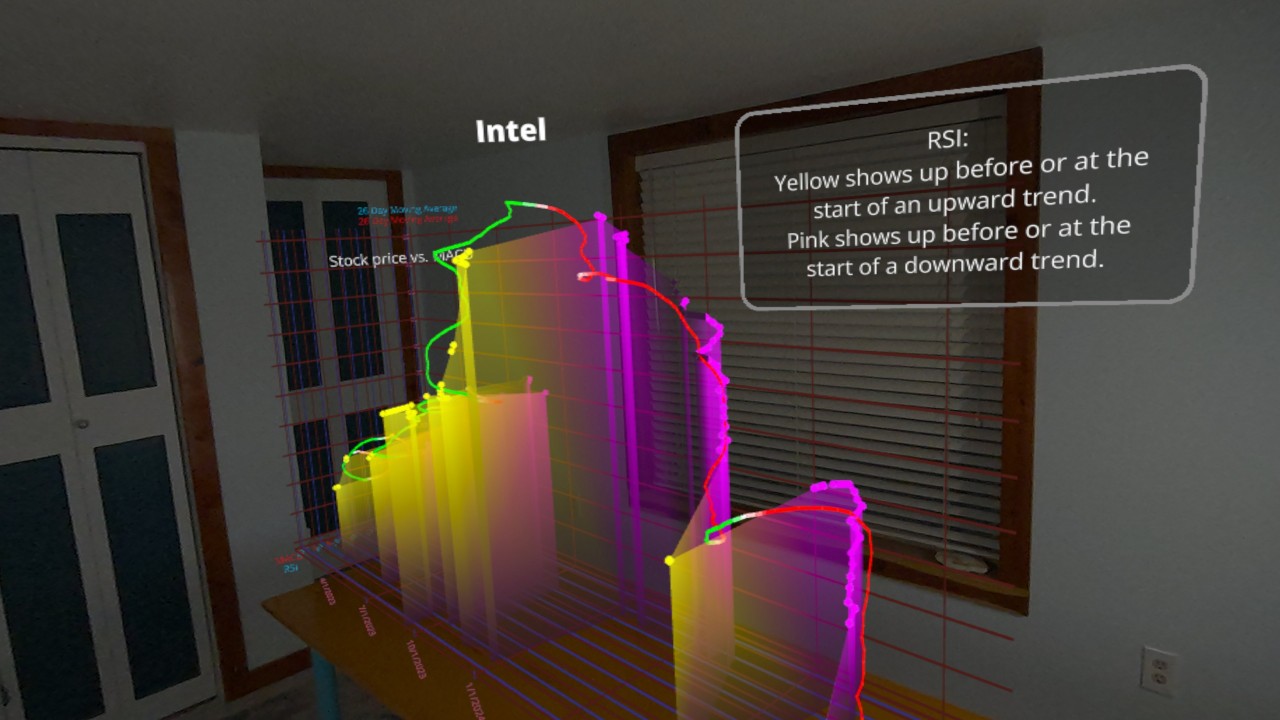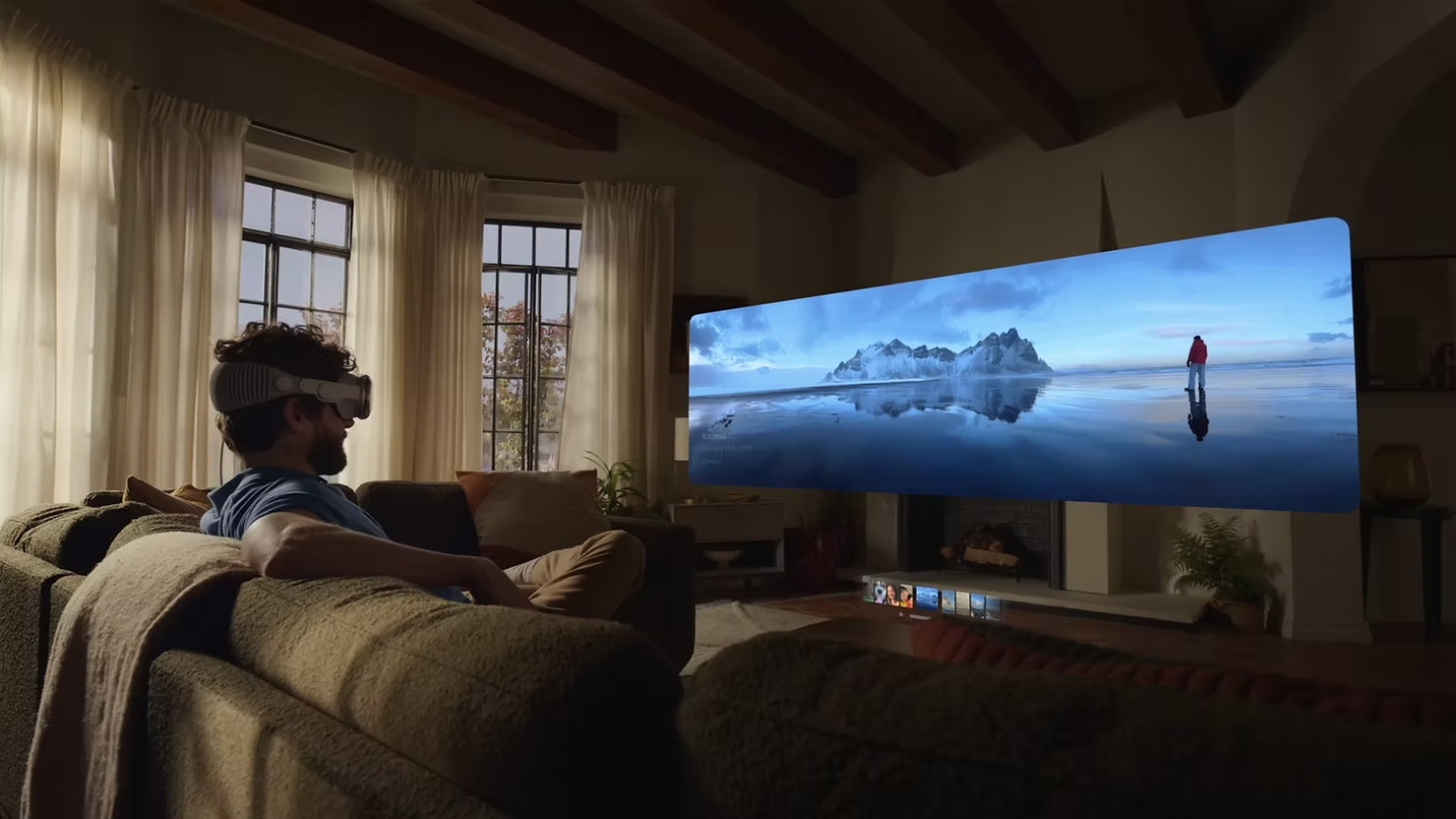Why Design Principles Matter More in Immersive Learning
It’s easy to assume that XR’s value lies in novelty. But novelty fades – design doesn’t. The real power of modular XR learning comes not from high-fidelity environments or flashy avatars, but from well-structured, accessible, and learner-centred experiences.
In this second instalment of our series on immersive learning, we’ll explore what it takes to design modular XR learning journeys that are scalable, engaging, and effective.
Start with Learners, Not Modules
Before you define the content, define the learner. Are they a field technician in need of just-in-time training? A remote manager building communication skills? A new hire navigating company culture?
Effective modular XR learning begins with personas – deep understanding of learner roles, environments, and motivations. Only then can you shape learning experiences that fit seamlessly into their flow of work.
Build in Narrative and Choice
Modularity doesn’t mean fragmentation. Each module should feel like part of a coherent story. That story might unfold over hours or weeks – but every scene should reinforce core ideas.
In XR, design with agency. Branching scenarios, micro-decisions, and reflective pauses build engagement and retention. Learners remember what they do, not what they hear.
Modular XR learning succeeds when it mirrors real-world decision-making.
Scaffold with Realism, Not Abstraction
In XR, realism isn’t just visual – it’s functional. The more closely tasks align with real-world tools, spaces, and challenges, the faster users gain confidence.
But realism isn’t about visual fidelity alone. Use environmental cues, social dynamics, and timed challenges to simulate the pressure and complexity of the job. Learners should feel the consequences of their choices – not in punishment, but in clarity.
Design for Accessibility and Inclusivity
One of XR’s greatest risks is unintentionally excluding users. Modular XR learning must be accessible – cognitively, physically, and emotionally.
That means:
Voice alternatives to textCustomisable pacing and difficultyNeurodiversity-friendly environmentsClear onboarding for XR-first users
Good XR design empowers everyone, not just the tech-savvy few.
Don’t Forget Feedback and Reflection
Learning sticks when it’s processed. Every module should include time for reflection – whether through avatar-led debriefs, digital journaling, or peer discussion spaces.
Real-time feedback (visual, haptic, or verbal) helps learners course-correct early. Over time, you build a system of small lessons that add up to major behaviour change.
The Blueprint for Scalable, Personal Learning
Modular XR learning enables something traditional formats often can’t: personalised, scalable, emotionally resonant education. It gives organisations the agility to up-skill fast – and employees the autonomy to learn in ways that feel natural.
Quelle:






